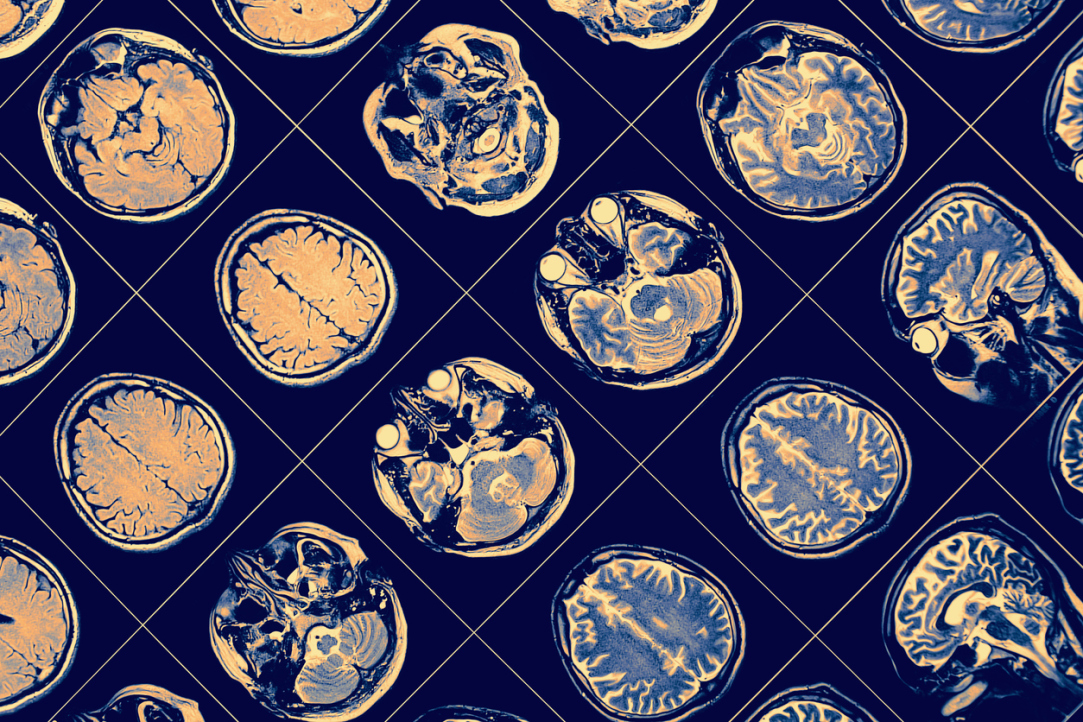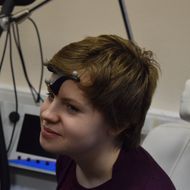Cortex Suppression Resolves Motivation Conflict in Favour of Prosociality

HSE University researchers have found that if cortical excitability is suppressed, the conflict between self-interest and prosocial motivations is resolved in favour of the latter—but only in cases when this conflict is really present.
The paper, titled ‘The Role of the Prefrontal Cortex in Prosocial and Self-Maximization Motivations: An rTMS study,’ was published in Scientific Reports.
Many theories of economic behaviour ignore the existence of prosocial motivation in humans. It is believed that people pursue exclusively selfish interests and are not interested in making decisions that are also beneficial to others. However, neuroscientific research proves that this is not the case.
For example, when interacting with a stranger, it is more profitable for an individual to allocate resources in whatever manner allows them to gain as much as possible. But people are more likely to share equally, even when there is no punishment for selfishness. That is how our desire for cooperation and justice works, which is probably inherent.
Researchers know that the right dorsolateral prefrontal cortex is involved in choosing between self-interest and prosocial motivation. But it is still not entirely clear what exact behaviour is triggered by the activation of this area. In some studies, suppression of the region’s activity led to prosocial behaviour, while in others it resulted in an active pursuit of selfish interests. In some cases, it produced no effect at all.
In order to specify the role of the dorsolateral prefrontal cortex in such situations, HSE University researchers carried out an experiment with the use of transcranial magnetic stimulation (TMS), which suppresses the excitability of the stimulated area of brain.
A total of 46 participants aged 18 to 27 were split into two groups. The first group received dorsolateral prefrontal cortex stimulation for 5–7 minutes, while the second group received stimulation of the brain areas responsible for visual perception. The participants then played two economic games in a row—a ‘dictator’ game and a ‘generosity’ game.
In the dictator game, a participant playing the dictator shares a certain amount of resources between themselves and a partner. The partner is only capable of accepting the dictator’s offer. In the generosity game, one participant also decides on how much to give to their partner. However, the amount of resources they get themselves is fixed and does not depend on the other player’s share.
The researchers found that suppressing the excitability of the dorsolateral prefrontal cortex made participants of the ‘dictator game’ give more to their partner compared to those whose visual cortex was stimulated. No such effect was observed in the ‘generosity game’: participants shared in about the same manner regardless of the type of stimulation.

Oksana Zinchenko, Research Fellow at the International Laboratory of Social Neurobiology and co-author of the paper
‘These results may prove that the dorsolateral prefrontal cortex is involved only if the participant experiences a conflict between self-interest and prosocial motivation, while its suppression leads to the resolution of this conflict in favour of other people’s interests. That’s why the stimulation of this area only impacts behaviour when the game motivates this conflict. In the generosity game, there was no conflict between self-interest and prosocial motivation, since the participant’s personal profit did not depend on their generosity towards their partner. In the dictator game, this conflict is more apparent.’
Oksana Zinchenko
Research Fellow, International Laboratory of Social Neurobiology
See also:
Scientists Develop New Method to Detect Motor Disorders Using 3D Objects
Researchers at HSE University have developed a new methodological approach to studying motor planning and execution. By using 3D-printed objects and an infrared tracking system, they demonstrated that the brain initiates the planning process even before movement begins. This approach may eventually aid in the assessment and treatment of patients with neurodegenerative diseases such as Parkinson’s. The paper has been published in Frontiers in Human Neuroscience.
HSE Scientists Test New Method to Investigate Mechanisms of New Word Acquisition
Researchers at the HSE Centre for Language and Brain were among the first to use transcranial alternating current stimulation to investigate whether it can influence the acquisition of new words. Although the authors of the experiment have not yet found a link between brain stimulation and word acquisition, they believe that adjusting the stimulation parameters may yield different results in the future. The study has been published in Language, Cognition and Neuroscience.
When Thoughts Become Movement: How Brain–Computer Interfaces Are Transforming Medicine and Daily Life
At the dawn of the 21st century, humans are increasingly becoming not just observers, but active participants in the technological revolution. Among the breakthroughs with the potential to change the lives of millions, brain–computer interfaces (BCIs)—systems that connect the brain to external devices—hold a special place. These technologies were the focal point of the spring International School ‘A New Generation of Neurointerfaces,’ which took place at HSE University.
How the Brain Responds to Prices: Scientists Discover Neural Marker for Price Perception
Russian scientists have discovered how the brain makes purchasing decisions. Using electroencephalography (EEG) and magnetoencephalography (MEG), researchers found that the brain responds almost instantly when a product's price deviates from expectations. This response engages brain regions involved in evaluating rewards and learning from past decisions. Thus, perceiving a product's value is not merely a conscious choice but also a function of automatic cognitive mechanisms. The results have been published in Frontiers in Human Neuroscience.
Electrical Brain Stimulation Helps Memorise New Words
A team of researchers at HSE University, in collaboration with scientists from Russian and foreign universities, has investigated the impact of electrical brain stimulation on learning new words. The experiment shows that direct current stimulation of language centres—Broca's and Wernicke's areas—can improve and speed up the memorisation of new words. The findings have been published in Neurobiology of Learning and Memory.
HSE Researchers Discover Simple and Reliable Way to Understand How People Perceive Taste
A team of scientists from the HSE Centre for Cognition & Decision Making has studied how food flavours affect brain activity, facial muscles, and emotions. Using near-infrared spectroscopy (fNIRS), they demonstrated that pleasant food activates brain areas associated with positive emotions, while neutral food stimulates regions linked to negative emotions and avoidance. This approach offers a simpler way to predict the market success of products and study eating disorders. The study was published in the journal Food Quality and Preference.
HSE Neurolinguists Create Russian Adaptation of Classic Verbal Memory Test
Researchers at the HSE Centre for Language and Brain and Psychiatric Hospital No. 1 Named after N.A. Alexeev have developed a Russian-language adaptation of the Rey Auditory Verbal Learning Test. This classic neuropsychological test evaluates various aspects of auditory verbal memory in adults and is widely used in both clinical diagnostics and research. The study findings have been published in The Clinical Neuropsychologist.
Researchers at HSE Centre for Language and Brain Reveal Key Factors Determining Language Recovery in Patients After Brain Tumour Resection
Alina Minnigulova and Maria Khudyakova at the HSE Centre for Language and Brain have presented the latest research findings on the linguistic and neural mechanisms of language impairments and their progression in patients following neurosurgery. The scientists shared insights gained from over five years of research on the dynamics of language impairment and recovery.
Neuroscientists Reveal Anna Karenina Principle in Brain's Response to Persuasion
A team of researchers at HSE University investigated the neural mechanisms involved in how the brain processes persuasive messages. Using functional MRI, the researchers recorded how the participants' brains reacted to expert arguments about the harmful health effects of sugar consumption. The findings revealed that all unpersuaded individuals' brains responded to the messages in a similar manner, whereas each persuaded individual produced a unique neural response. This suggests that successful persuasive messages influence opinions in a highly individual manner, appearing to find a unique key to each person's brain. The study findings have been published in PNAS.
'We Are Creating the Medicine of the Future'
Dr Gerwin Schalk is a professor at Fudan University in Shanghai and a partner of the HSE Centre for Language and Brain within the framework of the strategic project 'Human Brain Resilience.' Dr Schalk is known as the creator of BCI2000, a non-commercial general-purpose brain-computer interface system. In this interview, he discusses modern neural interfaces, methods for post-stroke rehabilitation, a novel approach to neurosurgery, and shares his vision for the future of neurotechnology.


